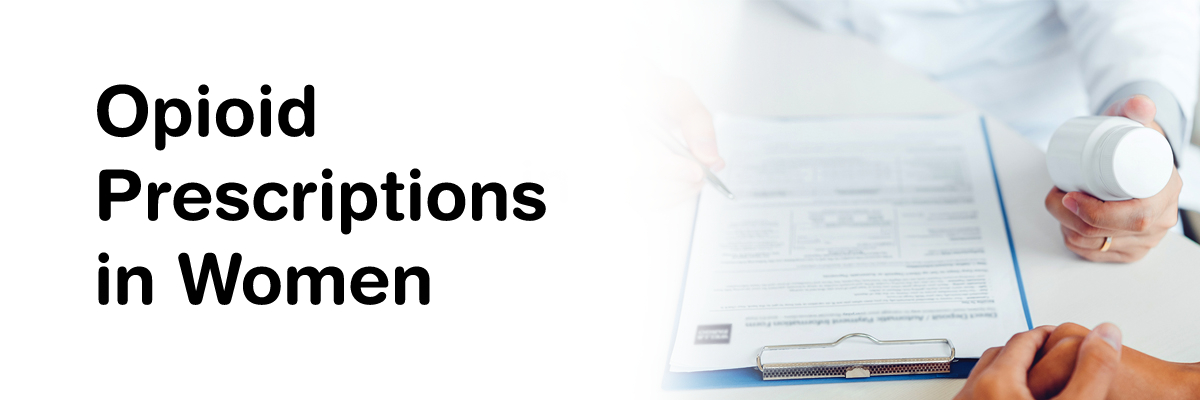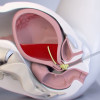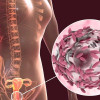
 IJCP Editorial Team
IJCP Editorial Team
Opioid Prescriptions in Women
In the year 2012, U.S. health care providers delivered >259 million opioid prescriptions (twice as many as in 1998). Nearly one in every ten women report using opioids for pain management during pregnancy. The Centers for Disease Control and Prevention (CDC) calculated that between 2008 and 2012, 39% and 28% of reproductive-aged women on Medicaid and private insurance, respectively, had filled a prescription for opioid medication each year. This trend remains valid for the state of New Jersey (N.J.); however, limited data on opioid prescriptions among Medicaid and private insurance patients within the state is available.
A study evaluated opioid prescriptions filled in reproductive-aged women presenting in labor at a community teaching hospital in suburban New Jersey.
This retrospective cohort study utilized data from the patient records and the New Jersey Prescription Monitoring Program (NJPMP) database. It enrolled 200 patients admitted in labor between May 2015 and May 2016; and collected data from reproductive-aged women during the one-year preceding labor admission. It compared the findings to national data reported by the CDC using Chi-square analysis.
The study looked for the opioid prescriptions filled.
It observed that-
- Among the enrolled participants, 129 had private insurance, 63 had Medicaid, and 8 had no insurance.
- 5.4%, 4.8%, and 12.5% of patients with private insurance, Medicaid, and without insurance, respectively, filled opioid prescriptions.
- 5.5% of women filled opioid prescriptions during the study period.
- Opioid prescriptions confirmed via NJPMP were markedly lower than rates reported by the CDC in Medicaid and private insurance patients.
This study describes a lower rate of opioid prescription filling among the suburban cohort of women in New Jersey than national rates reported by the CDC. However, the study does not confirm that patients with Medicaid filled more prescriptions than patients with private insurance.
In light of these discrepancies, a federal prescription monitoring program might better capture data than state-wide programs. Thus, further research is warranted to ensure that prescription monitoring programs capture accurate data.
Khromchenko K, Baum J. Opioid Prescriptions in Women: Is the Data Accurate?. Open Journal of Obstetrics and Gynecology. 2022;12:934-940. doi: 10.4236/ojog.2022.129078.

IJCP Editorial Team
Comprising seasoned professionals and experts from the medical field, the IJCP editorial team is dedicated to delivering timely and accurate content and thriving to provide attention-grabbing information for the readers. What sets them apart are their diverse expertise, spanning academia, research, and clinical practice, and their dedication to upholding the highest standards of quality and integrity. With a wealth of experience and a commitment to excellence, the IJCP editorial team strives to provide valuable perspectives, the latest trends, and in-depth analyses across various medical domains, all in a way that keeps you interested and engaged.





















Please login to comment on this article